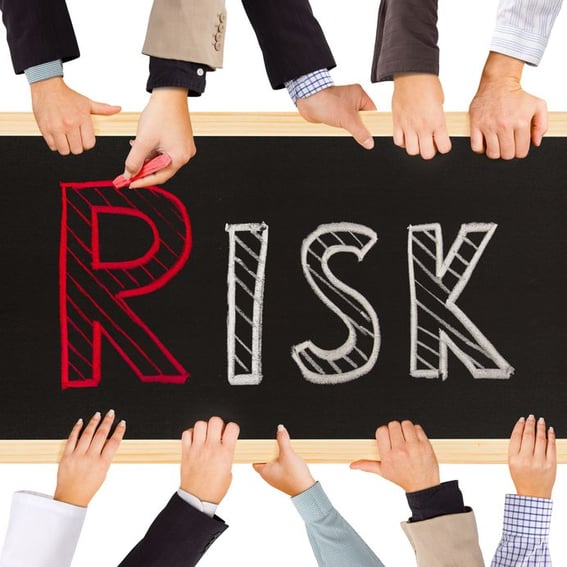
As a business owner have you ever asked yourself “what could go wrong?” Applying this question to all of the potential risks facing your business is easier said than done. Risk communications involves preventing and responding to all possible risks, emergencies, threats, and disasters that pertain to your business and its assets. This list varies wildly depending on the local circumstances of each business and the characteristics specific to each industry. Luckily for those of us located in Iowa, our list of possible disasters is generally limited to the occasional tornado or flood.
What is a risk communications plan?
A risk communication plan is any kind of contingency that a company creates in order to mitigate the danger presented by a specific aspect of the business, society, or the natural environment. Such plans are based upon communication between executives and employees. Efficiency and usability are key in getting new policies implemented throughout the organization.
Policy initiative are not one way streets however, employees can be just as important in providing initiatives as management. Reports from employees about their everyday experiences can be essential in creating a conversation on how well policy is working or how it needs to be changed. There should be a four-step process to how your business implements policy.
What are the risks?
Almost anything you could think of! The number or regulations and compliances in place by the state and federal government should be evidence enough of that. Of course it depends on the industry, but no business is without its risks (risk in the sense of disasters and accidents, not financial risk). Some common risks that pertain to Iowa would be tornados, flooding, subzero winter temperatures and snowstorms, or drought. Other risks to businesses develop from national or global events, such as terrorist attacks, mass shootings, or even violent race riots, such as those that occurred in Ferguson, Missouri. The risks are numerous, but nonetheless your business will be held responsible should you fail to prepare for any of them. That is where having a risk communications plan comes into play.
Education, Behavioral Change, Preparation, and Conflict Resolution Process:
Begin with educating and informing your employees on what the risks are and why they should be aware. Next detail what new behavior or actions be expected in order to minimize said risks. After setting new expectations, create contingencies and preparations for what your employees should do in the event of a disaster or one of the risks occurring. Finally, as part of being prepared, be ready to resolve conflicts that will arise both from implementing new policy and from the fall out that will occur after a disaster, accident, breach, or some other such event.
For assistance in assessing the risks facing your business or to create a risk management plan, please contact the Goosmann Law Firm at info@goosmannlaw.com or call (712) 226-4000.






Let Us Know What You Thought about this Post.
Put your Comment Below.